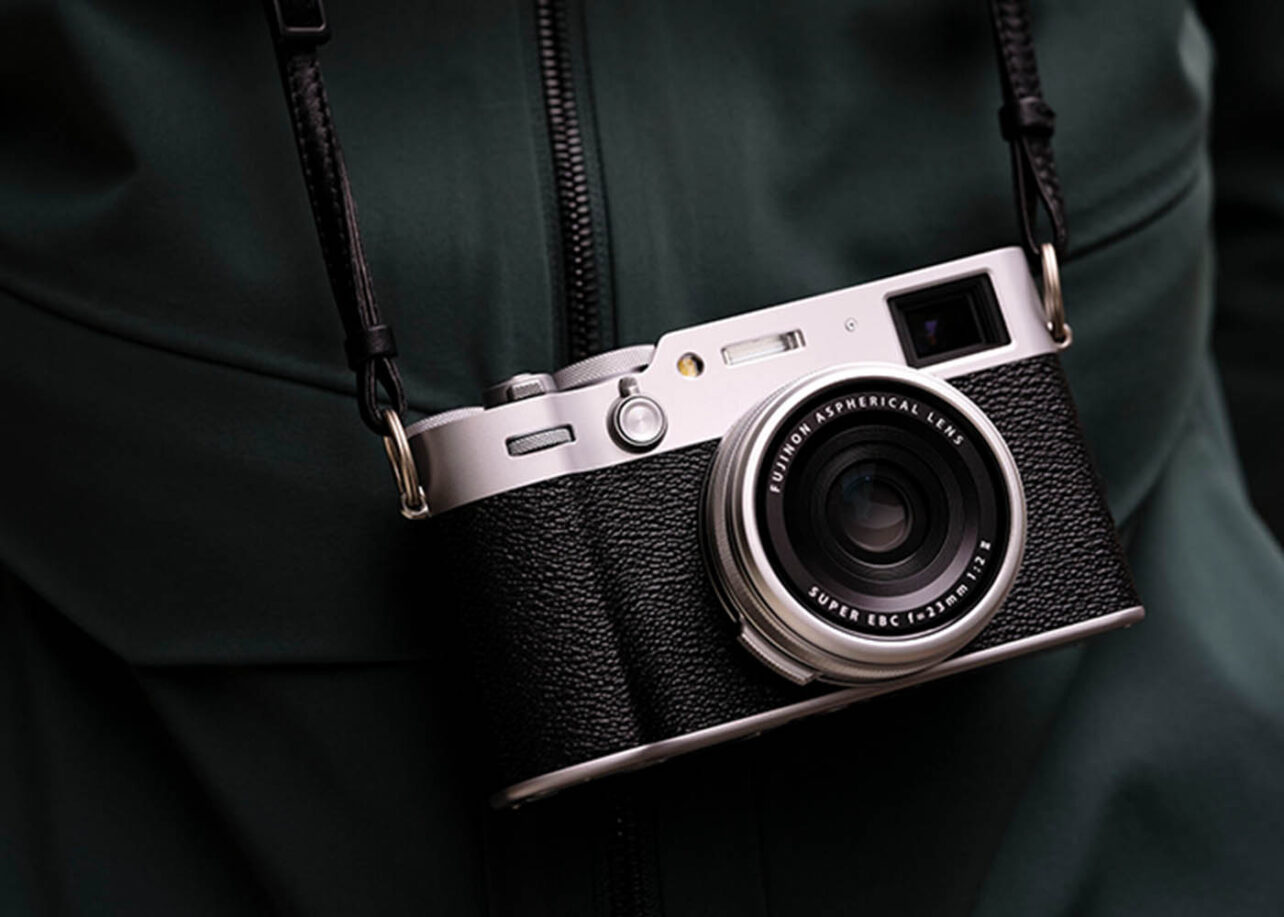Below is a photograph I took in 2018 while visiting friends in Texas. It’s a photo of my friend’s husband as we stopped off at a local diner one morning to get breakfast. To this day, it remains one of my favorite photographs I’ve ever taken. It’s candid, cinematic, and captures the moment with beautiful colour rendition. It was taken on the Fuji X100F, which has remained one of my all-time favorite still cameras to use.

So much so that after I stupidly sold the X100F during the pandemic (what was the point in a portable compact camera when everyone was sat at home?), I repurchased the camera in 2021. However, once again, I ended up parting ways with it to finance the purchase of the Canon R5. A decision I do not regret.
However, since then, trying to find an X100F, even the successor, the X100V, was a bit like trying to find gold dust. While they are great cameras in their own right, with the influencer world on TikTok and Instagram shouting the name of this camera from literal rooftops, both units became incredibly hard to find. That shouldn’t be an issue anymore, as Fuji has finally announced the X100VI. Let’s look at what’s new.
Introducing the Fuji X100VI
The latest addition to the X100 series, Fujifilm’s X100VI, marks the series’ sixth generation. This model introduces a 40.2-megapixel X-Trans™ CMOS 5 HR sensor and the X-Processor 5, a high-speed image processing engine, ensuring superior image quality and performance. For the first time in the X100 Series, an in-body image stabilization feature has been included, offering up to 6.0 stops of stabilization, all while preserving the series’ iconic compact design.
On the mention of the series’ iconic design, you’ll notice that there’s not much new in how the body looks. Differentiating any of the models from the series is often quite difficult. However, the engine of the camera certainly has.
The X100V has a 26.1-megapixel sensor, whereas the X100VI has a back-illuminated X-Trans™ CMOS 5 HR sensor with approximately 40.2 megapixels. The sensor features an advanced pixel design that efficiently captures more light than any previous camera in the X100 Series. As much as I loved the X100F, one thing the camera was prone to a feature described as ‘Fuji Worms,’ where the details became a smudge of worm-like colors when you zoomed in too much, especially on landscape shots where there was a lack of edge-based contrast.

However, with the 40.2-megapixel sensor housed in the X100VI, that should become a thing of the past.
I’ve never found the cameras throughout the X100 series to have stability issues, but the X100VI introduces a 5-axis, in-body image stabilization feature capable of up to 6.0 stops, a first for the X100 Series. This newly developed system results in a minor increase in weight and size relative to earlier models in the X100 Series, yet it retains the line’s renowned portability. Solely looking at specs, it seems this accounts for an extra 40g, which is the same amount of weight as a fancy strap and leather case. The resulting extra 40 grams of weight is unnoticeable.

Another internal update is the updated advanced autofocus prediction algorithm, ensuring dependable focus on subjects in motion during continuous shooting and leveraging the X-Processor 5’s subject detection autofocus, with face and eye detection, along with a variety of useful subject-specific detection modes.
There’s also an additional set of film simulation modes from the REALA ACE mode, based on Fuji’s Reala 35mm film.
As stated, there’s not much to discuss with the design. Externally, the camera remains true to its heritage, maintaining its classic aesthetic appeal and compact, pocket-friendly design. Previous X100V series accessories, like the battery, remain the same, as do the ports. It has the same UHS-1 SD card slot, which some may consider slow in 2024, and even the electronic viewfinder and rear LCD also have the same resolutions as the previous model. And, of course, it has the flagship 23mm f/2 fixed lens.

Image example from the Fuji X100VI via Fuji.
One thing to note is that the camera will now be manufactured in China instead of Japan. I presume this is to combat the demand we saw with the X100V. Outside of the sensor upgrade, the shift from the X100V to the X100VI isn’t as substantial as the upgrade from the X100F to the X100V. Most review outlets, like PetaPixel (Hey Fuji, give us a review unit), have stated that they are only using the pre-production review unit at the moment, which has several inaccessible features. So, it will be interesting to see how the general public outside of TikTok receives this camera. Is it a worthy upgrade, or is it a quick money grab?
Priced at $1,599.00, the Fuji X100VI will be available later this year.
All images of the X100VI via Fuji.
For more camera news, check out the articles below.

